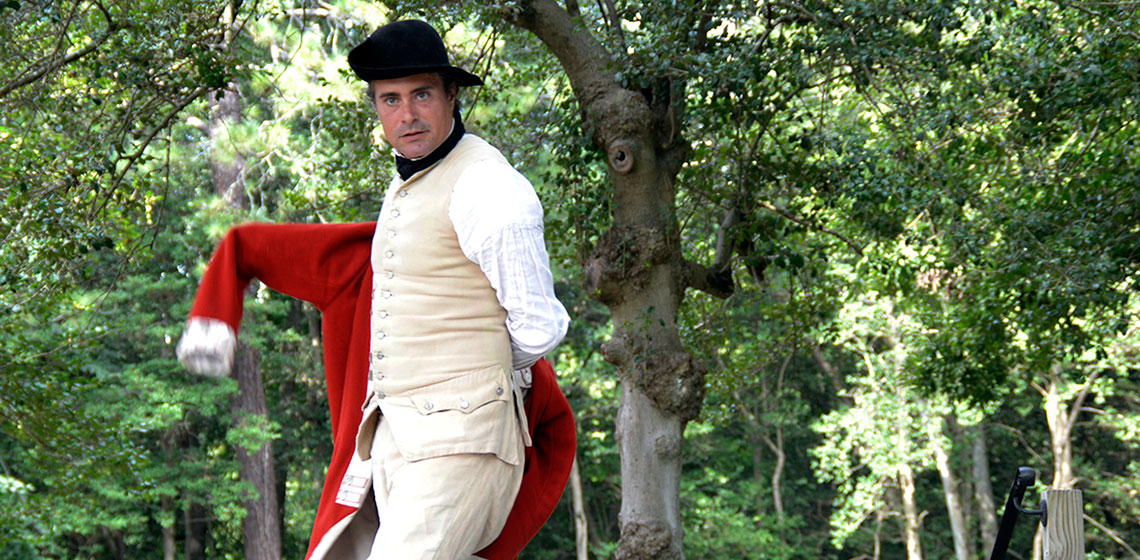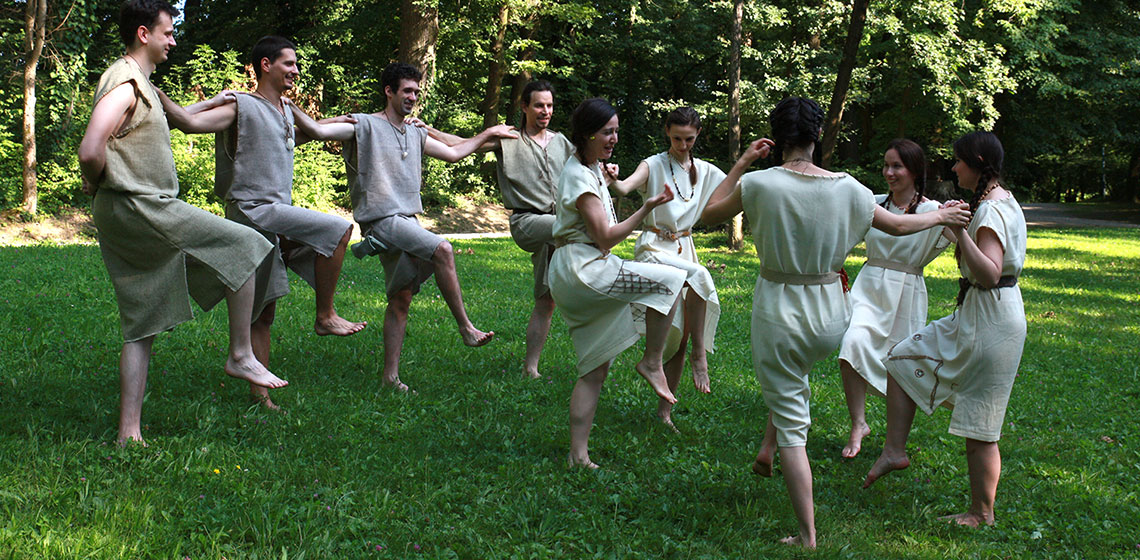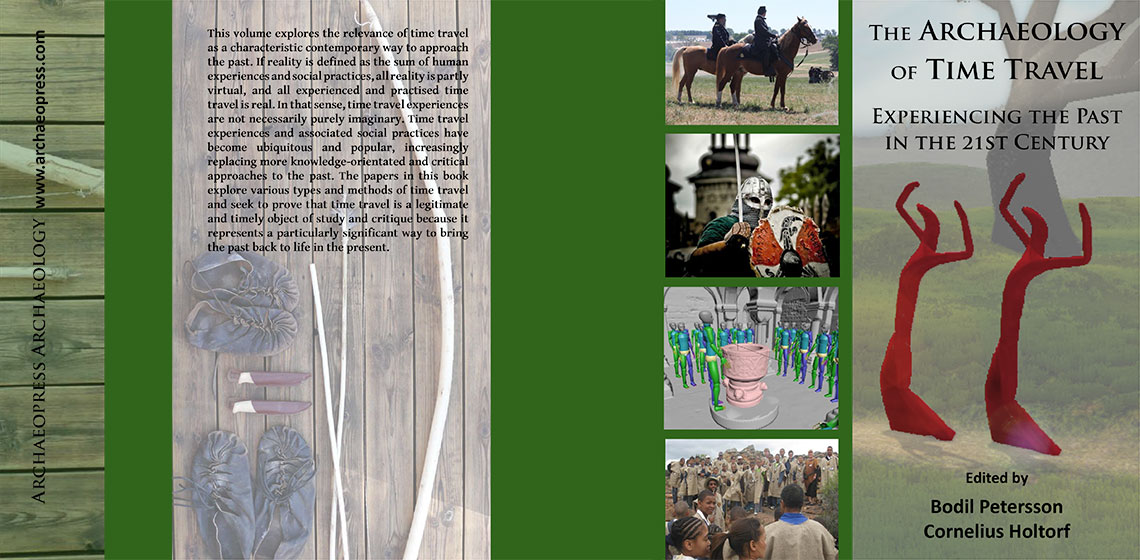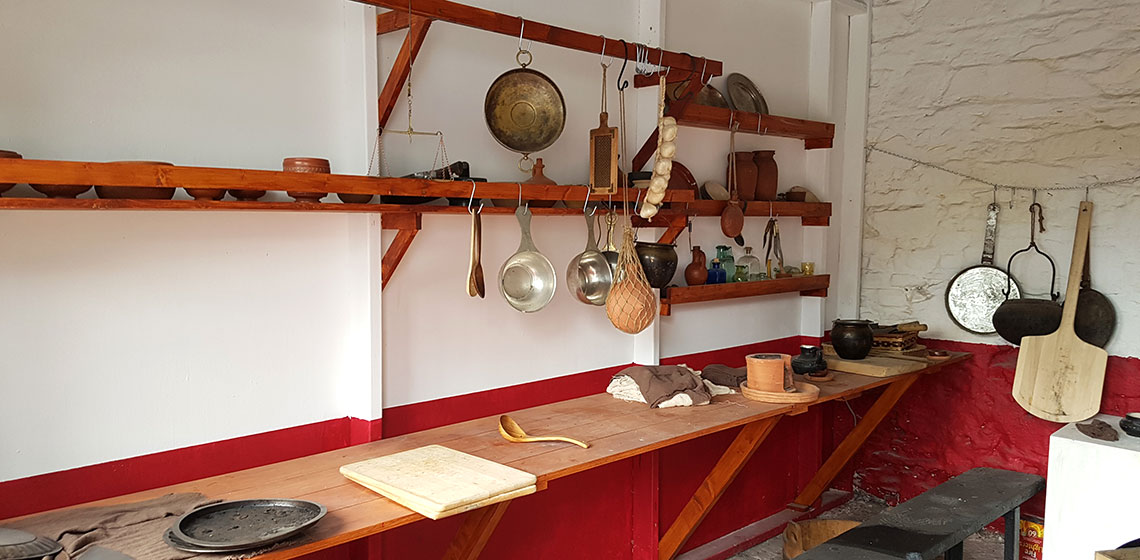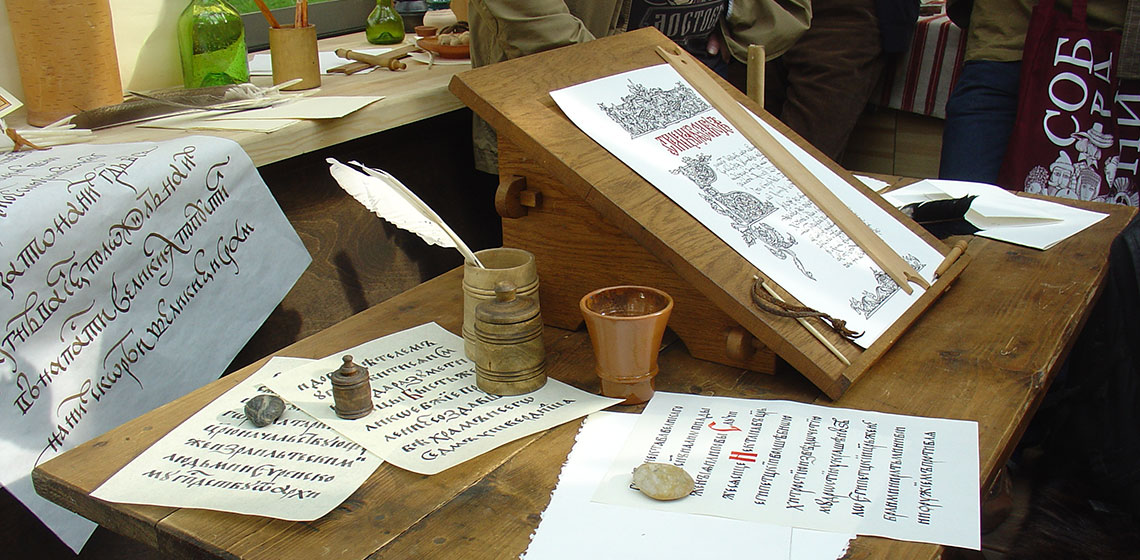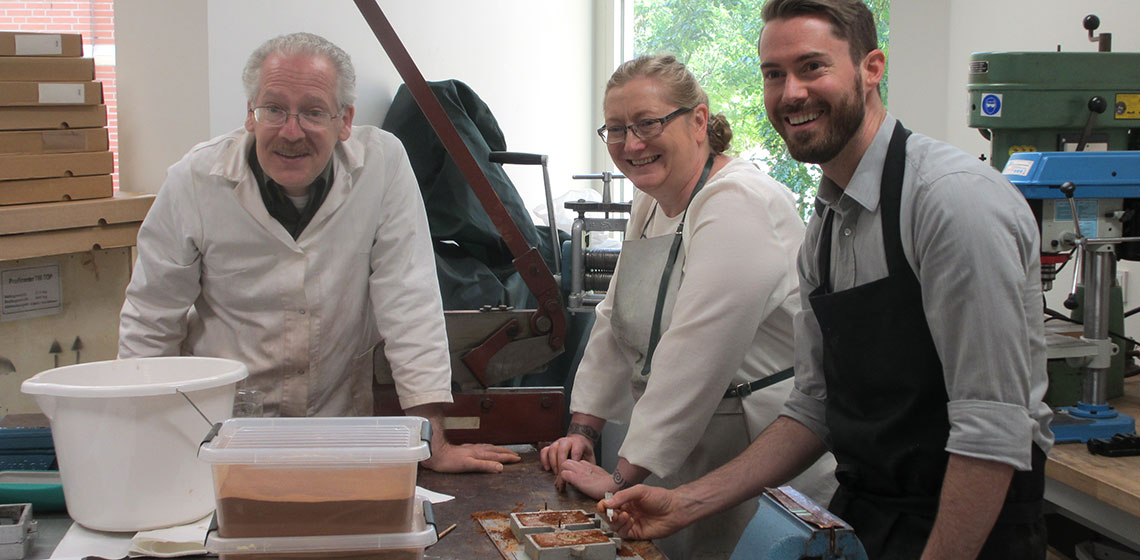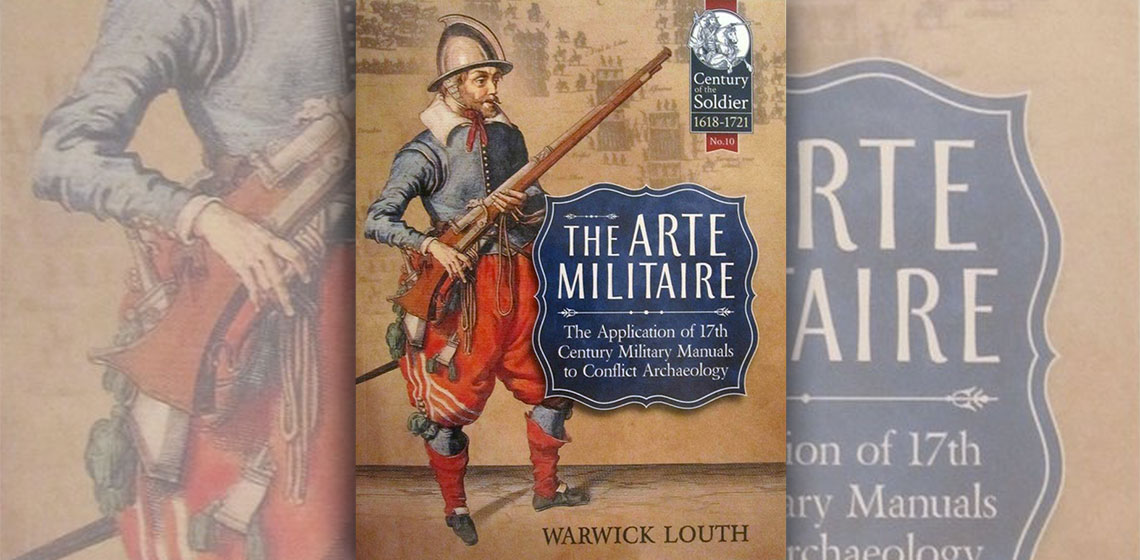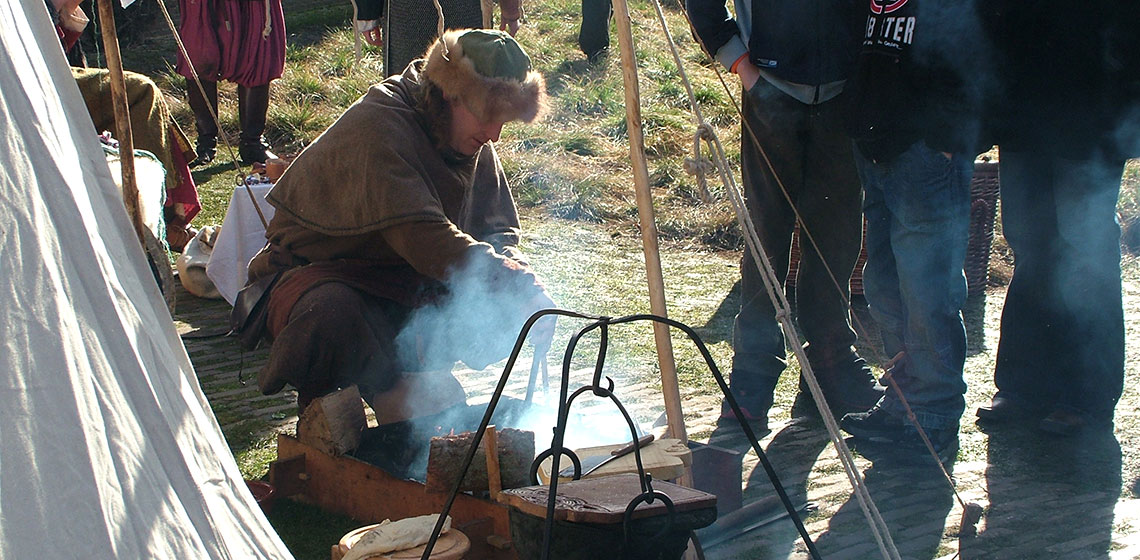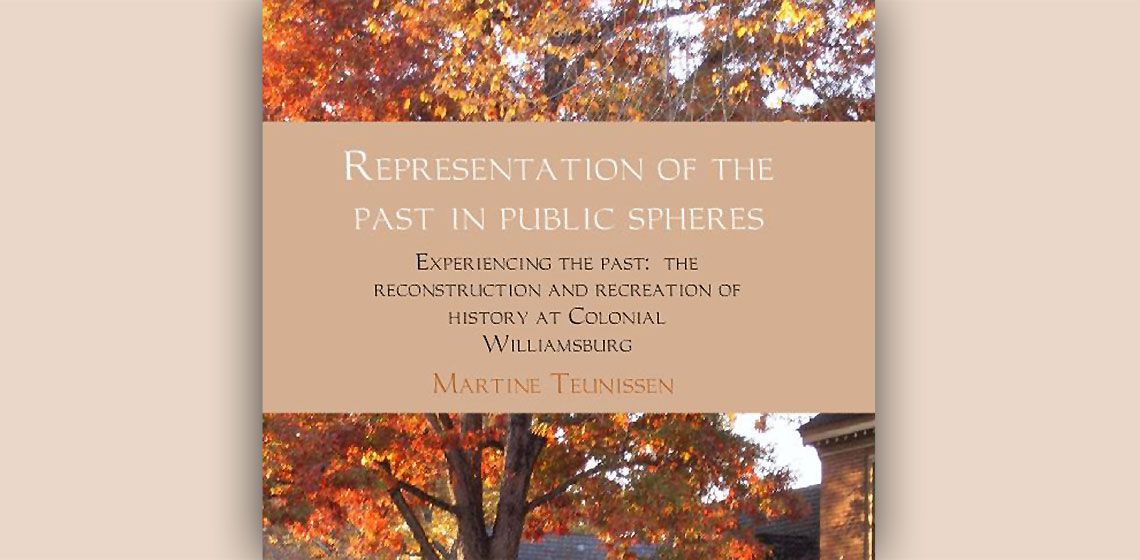living history
The Forgotten Movement – A (Re)construction of Prehistoric Dances
However, after studying archaeological artistic depictions, historical descriptions and contemporary ethnographic examples as the main research sources for the history of dance and dance movement and its development in the context of early human history, we created a conceptual reconstruction of prehistoric dances. It was presented in the form of an educational dance performance with the goal of presenting the archaeological heritage through a possible vision of dances and dance movements from a number of selected prehistoric periods: Neolithic, Chalcolithic, and Bronze Age.
Book Review: The Archaeology of Time Travel. Experiencing the Past in the 21st Century, edited by Bodil Petersson and Cornelius Holtorf
Castrum Corcagiensis - Roman Experimental Archaeology in Ireland
Event Review: EXARC visits Moscow
Event Review: Academic Workshop on Re-enactment, Replication & Reconstruction
Book Review: The Arte Militaire. The Application of 17th Century Military Manuals to Conflict Archaeology by Warwick Louth
What to Blame for the Atmosphere Change in Re-enactment Camps? Personal View
Book Review: Representation of the Past in Public Spheres. Experiencing the Past: the Reconstruction and Recreation of History at Colonial Williamsburg by Martine Teunissen
Book Review: The Movement - Comments on the Booklet How to Organize a Historical Event involving Reenactment Groups
What defines re-enactment and living history?
As I believe that a clarification of terms and the contextualisation of matters is a good starting point for any investigation, this question marks the beginning of my guide (Aune Nilsen 2015:6-7). Talking to organisers, museum workers and re-enactors in Scandinavia, I have noted that they all have different answers to this question.

